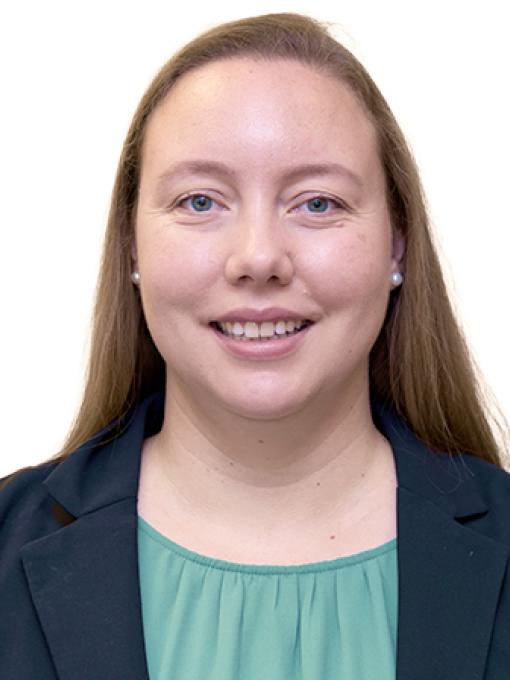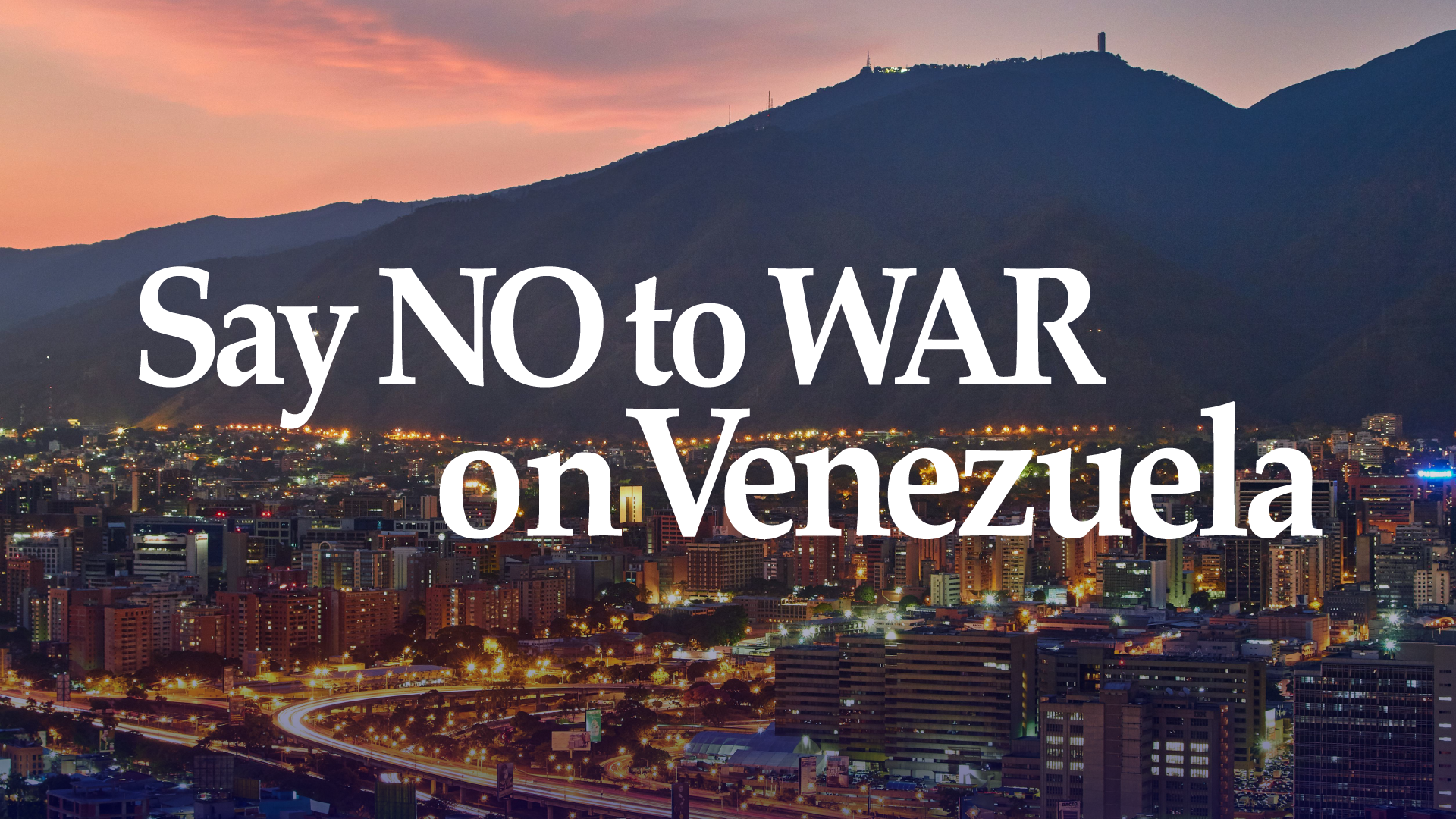Today, the world faces more active armed conflicts than at any point since the end of World War II. Yet, the U.S. government spends only one dollar on peacebuilding for every 200 dollars we spend on war. Lawmakers can save lives, prevent suffering, and save U.S. taxpayer dollars by investing in key peacebuilding accounts.
I recently spoke with Tarig Ahmed, the Sudan Project Manager for Invisible Children, an organization that works to prevent atrocities and promote peacebuilding in central Africa. Their work is funded in part by the U.S. State Department.
What follows is Tarig’s story—a powerful look into how federal investments in peacebuilding programs are saving lives and preventing global conflict.
Tarig Ahmed, Sudan Project Manager for Invisible Children
My name is Tarig Ahmed. For more than 15 years, I have worked in peacebuilding and development on the African continent and in Sudan specifically. In my work, I support those affected by conflict and mitigate the impact of pervasive man-made disasters, including violence and mass atrocities.
We’re striving to institutionalize and fortify nonviolent conflict resolution tools to prevent violence before it happens.
With Invisible Children, I lead a project called Preventing Atrocities and Connecting Communities (PACC). We are working along the border between the Central African Republic (CAR) and Sudan in an area known as the Darfur region. The U.S. Department of State funds this effort.
Peace Committees are Intervening to Prevent Violence in Darfur
PACC utilizes a community-based approach. We’re striving to institutionalize and fortify nonviolent conflict resolution tools to prevent violence before it happens using a combination of early warning systems and local Peace Committees.
Peace Committees are typically comprised of over a dozen men and women elected from their community by the local general assembly. My team and I work with the Peace Committees to strengthen the work they are already doing to resolve local conflict and help them prevent and respond to human rights violations.
Here’s how it works: Local community members can report incidents or information about potential violence to their Peace Committee. Based on this information, the Peace Committees develop a response plan to prevent violence. They investigate false rumors, host dialogues to reduce tensions, or report incidents to formal authorities.
Early warning networks support the Peace Committees. Messaging platforms like WhatsApp allow people to communicate quickly if there are risks of violence, increasing the opportunities Peace Committees have to prevent a violent incident before it occurs.
Building Peace One Incident at A Time
Two recent situations in the Darfur region illustrate how the program successfully empowers local people to mitigate conflict and build social cohesion.
Slowly, we are tipping the scales so that more incidents of violence have been prevented than occurred.
In the Spring of 2022, false rumors surfaced in a community in Darfur that a group of armed men from a neighboring village were planning an attack. Community members then began to arm themselves to carry out a preemptive attack and strike the neighboring community first.
The neighboring community’s Peace Committee realized that the other community was mobilizing and reached out to their counterparts through the early warning system. The Peace Committees were able to discuss the false rumors and convince each community to de-escalate. Later, two mediators met to confirm the rumor was false and further diffuse the tension. The trust between the two Peace Committees and the early warning network prevented an instance of futile violence and the loss of innocent lives.
In the Summer of 2022, PACC team members were working in a Darfur community when they experienced an attack. A group stole 500 cows, killed three shepherds, and took the cows through a neighboring village. When investigating the theft, the trail of the livestock appeared to point toward the neighboring village as the culprits.
Members of the community that had been robbed immediately started to arm themselves to pursue the thieves and reclaim the livestock. However, before an attack took place, a Peace Committee member reached out to the neighboring village, asking for more information about the herd’s apparent tracks and requesting that they turn over the thieves to the police. The two Peace Committees met and discerned that the thieves who stole the livestock had traveled through the neighboring village but were not members of that village. Through their conflict resolution and communication skills the Peace Committees prevented a misguided attack and referred the case to the authorities.
From Drops in The Ocean to Changing Tides
These types of programs offer low-cost and low-risk methods for preventing violence.
In the course of our work, PACC has documented around 680 incidents where threats of violence were mitigated and 630 incidents of violent conflict. Slowly, we are tipping the scales so that more incidents of violence have been prevented than occurred. I am deeply proud of these results, and I hope that this margin will only grow through the hard work of my team and all the Peace Committees we support!
The conflict in Darfur has lasted for 20 years. Almost 3 million people are currently displaced and a new conflict in Sudan threatens more instability and violence. These types of programs offer low-cost and low-risk methods for preventing violence. The region needs more initiatives like PACC that ensure that communities are represented and engaged in nonviolent conflict resolution and violence prevention.

